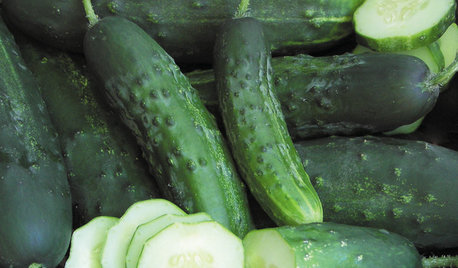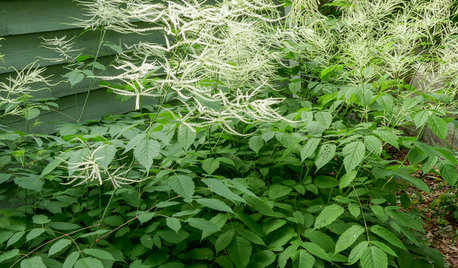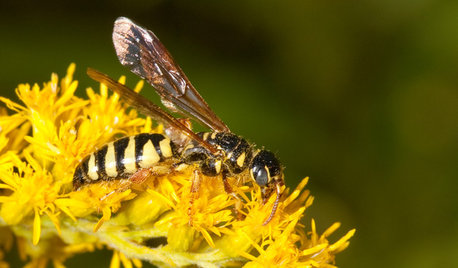cucumber beetles - what works??
maddylynn
17 years ago
Featured Answer
Sort by:Oldest
Comments (6)
stacey77
13 years agoRelated Professionals
Owings Mills Landscape Architects & Landscape Designers · San Juan Landscape Architects & Landscape Designers · Bethlehem Landscape Contractors · Matthews Landscape Contractors · Allentown Landscape Contractors · Avocado Heights Landscape Contractors · Galt Landscape Contractors · Los Banos Landscape Contractors · Lyndhurst Landscape Contractors · Matteson Landscape Contractors · Riverview Landscape Contractors · Wanaque Landscape Contractors · Eatontown Swimming Pool Builders · Ontario Swimming Pool Builders · Orangevale Swimming Pool BuildersKimmsr
13 years agohoodat
13 years agoKimmsr
13 years agohoodat
13 years ago
Related Stories

SUMMER FRUITS AND VEGETABLESSummer Crops: How to Grow Cucumbers
Pick a peck for pickles or opt for fewer and raw — no matter how you slice them, cucumbers are great for summer gardens small to large
Full Story
MY HOUZZMy Houzz: Pursuing Their Life’s Work in Rural Oregon
This creative couple craft a live-work world all their own in the high country of eastern Oregon
Full Story
MORE ROOMS6 Garage Organizing Tips That Really Work
National Clean Out the Garage Day: Here's how to clear the clutter and organize what's left
Full Story
GREENColor Guide: How to Work With Green
With as many green hues as leaves in a forest, it's easy to find one that grows on you
Full Story
MOST POPULAR20 Ways to Work White Magic in Your Yard
Create enchanting outdoor spots with fresh white fences, florals and furniture
Full Story
DECORATING GUIDES10 Tree-Hugging Interiors That Work Around Nature
Bursting up through the floor, planted in an indoor patio or potted in any room you choose, trees bring an elegance that's organic
Full Story
FLOWERS AND PLANTSAruncus Dioicus Is a Stately Plant for Shady, Moist Garden Spots
Plant goat’s beard in perennial and woodland gardens. Its large white spring blooms attract bees, beetles and butterflies
Full Story
GARDENING GUIDESAttract Thynnid Wasps With Summer-Flowering Native Plants
These beneficial insects will hunt damaging beetle grubs in your lawn
Full Story
GARDENING GUIDES3 Ways to Revel in Summer Garden Sweetness
Patiently observe what works and doesn’t work in your landscape
Full Story
REMODELING GUIDESThe Hidden Problems in Old Houses
Before snatching up an old home, get to know what you’re in for by understanding the potential horrors that lurk below the surface
Full Story






maddylynnOriginal Author